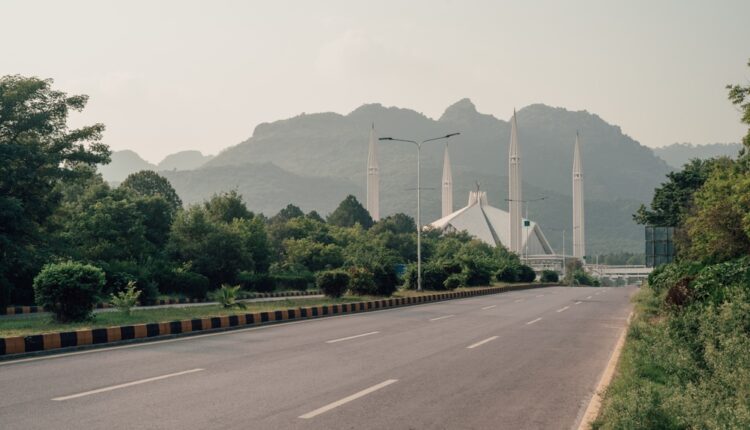Islamabad to Start Work on Two Big Road Projects Next Month
For years, commuters in Islamabad have braced themselves for daily gridlocks at the city’s main gateways. Now, change is finally on the horizon.
Beginning next month, the capital will witness the launch of two major infrastructure projects—the T Chowk Flyover and the Shaheen Chowk Underpass—initiatives designed to untangle chronic traffic knots and modernize the city’s road network.
The Green Light for Construction
The announcement came after a high-level meeting at the Capital Development Authority (CDA) headquarters, chaired by Interior Minister Mohsin Naqvi. Officials confirmed that groundbreaking ceremonies for both projects are scheduled for the first week of September, setting in motion long-awaited relief for thousands of daily commuters.
T Chowk Flyover
At the intersection of GT Road and Islamabad Expressway, where traffic bottlenecks are part of the daily routine, a new flyover will soon rise.
Key details:
- Cost: Rs. 1.4 billion
- Location: Busy intersection of GT Road & Islamabad Expressway
- Purpose: Streamline traffic flow for vehicles entering and leaving the city
- Impact: Reduced congestion and smoother passage for long-haul commuters
This project is expected to dramatically cut waiting times and improve accessibility to and from the capital’s southern corridor.
Shaheen Chowk Underpass
While the flyover addresses entry congestion, the Shaheen Chowk Underpass targets inner-city bottlenecks. Worth Rs. With 1.3 billion people, the project will relieve pressure at the ever-busy junction of Ninth Avenue and Khayaban-e-Iqbal/Margalla Road.
Project highlights:
- Cost: Rs. 1.3 billion
- Area served: Corridor connecting government offices and educational institutions
- Design:
- Khayaban-e-Iqbal traffic will move underground
- Top slab will link Ninth Avenue with the service road
- Outcome: A layered design ensuring a continuous, smooth flow of traffic
For daily travelers—especially students and government employees—this means fewer delays during rush hours.
For residents, this means fewer wasted hours in traffic jams and more predictable travel across key routes. For the city, it signals a step closer to the vision of a modern, efficiently connected capital, providing a sense of reassurance and confidence in the future.



Comments are closed.